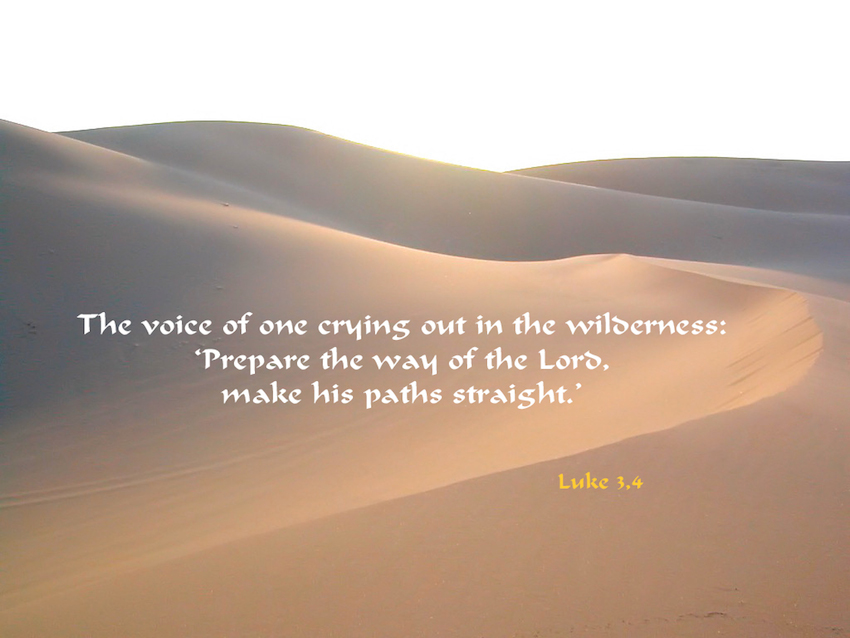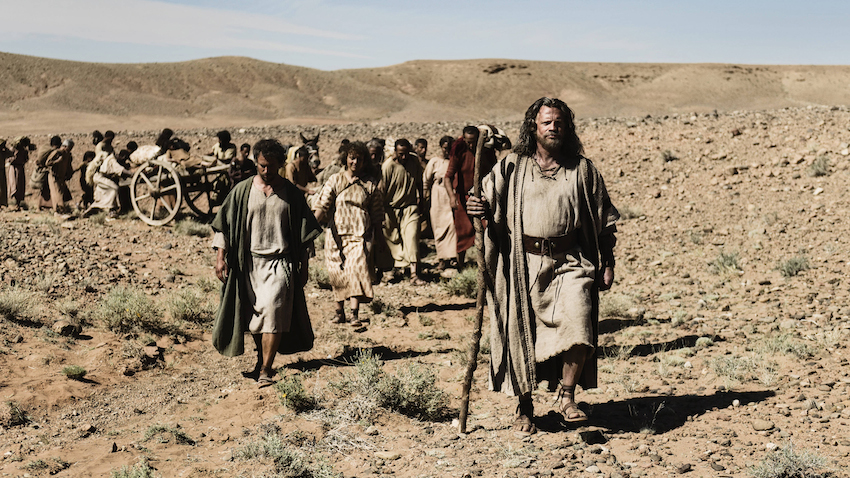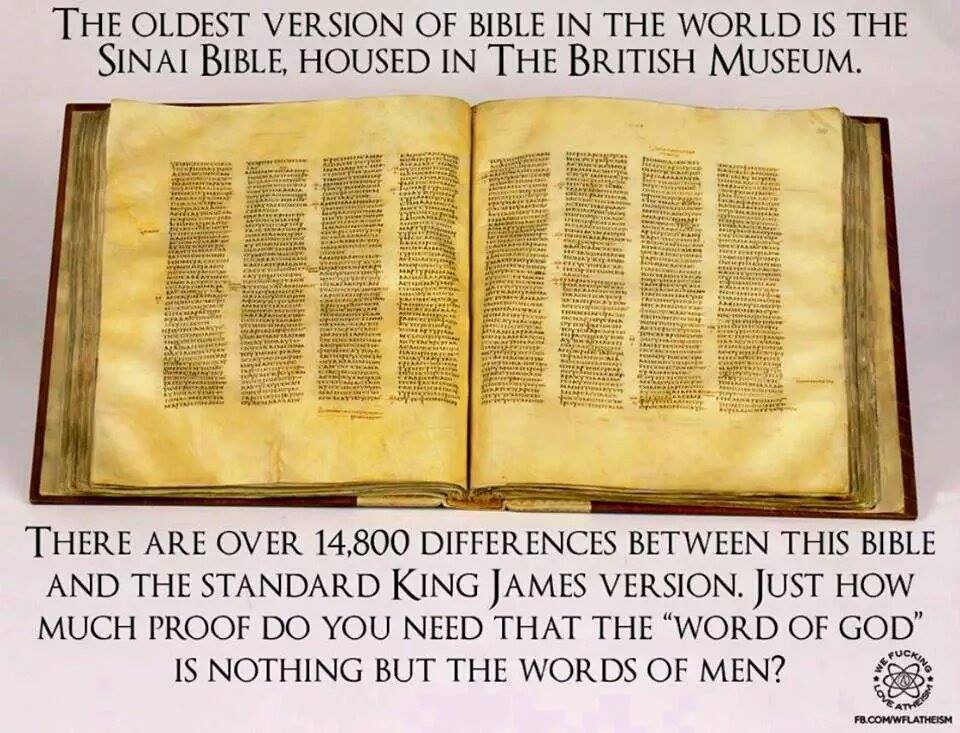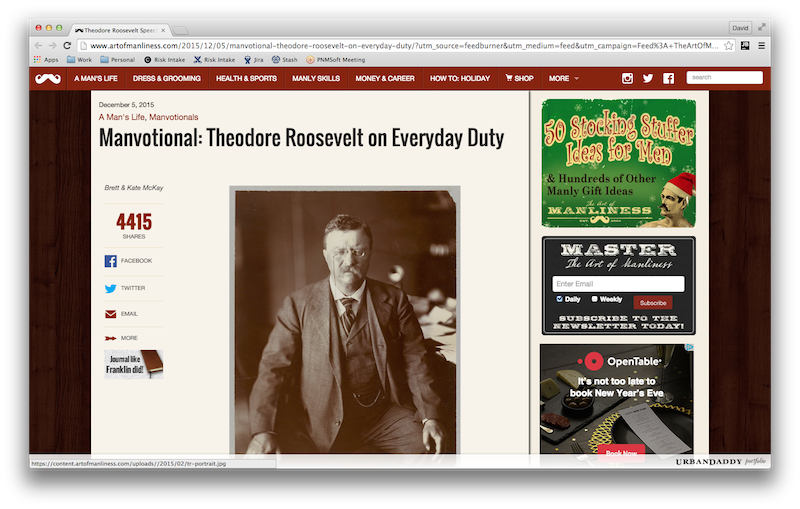Analysis paralysis and making your first move

One of my recently-discovered TV shows is Person of Interest starring Jim Caviezel and Michael Emerson. It was introduced to me by my housemate, Aaron, so thanks to him I’ve been binge-watching the last four seasons on Netflix.
I don’t want to give too much away, but the basic gist of the show’s storyline is that a man named Harold has built an extremely advanced artificial intelligence which he simply refers to as “The Machine”.
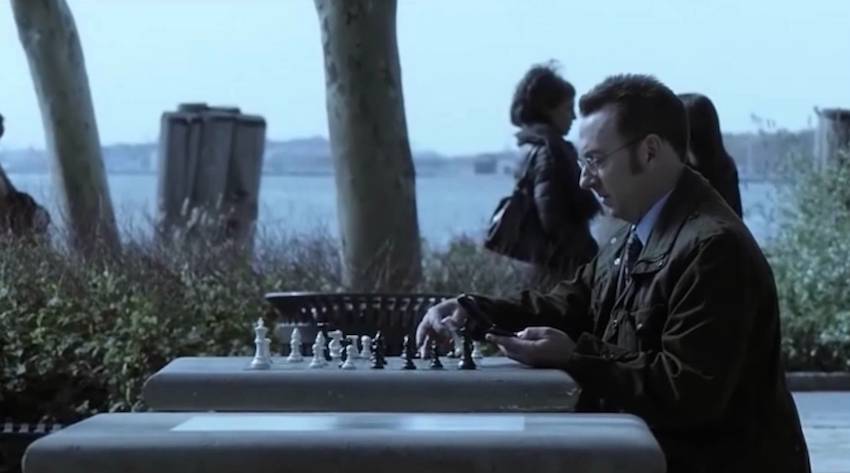
One of my favourite scenes from Season 4 was a flashback in episode 11 (“If-then-else”) where we see Harold teaching The Machine to play chess. The Machine is taking a very long time to make its opening moves because it is checking all the possible moves and permutations. The Machine is effectively stuck in what is commonly known as “Analysis Paralysis”, so Harold speaks to the machine…
Harold’s dialogue in the show is typically very profound, but I found what he says in this scene particularly striking:
Each possible move [in chess] represents a different game… By the second move, there are 72,084 possible games. By the third, 9 million. By the fourth there are more possible games of chess than there are atoms in the universe. No one could possibly predict them all, even you.
Which means that that first move can be terrifying. It’s the furthest point from the end of the game, there’s a virtually infinite sea of possibilities between you and the other side…
…But it also means that if you make a mistake, there’s a nearly infinite amount of ways to fix it. So you should simply relax and play.
Harold Finch, Person of Interest
My personality type certainly predisposes me towards Analysis Paralysis. Like The Machine, I’m often afraid of making a mistake, so much so that I spend protracted periods of time considering all the options and possible consequences. Now while prudence is a good thing, this kind of analysis can be debilitating. It’s a problem when you’re so risk averse that you never actually take a course of action.
It is here that I find Harold’s words comforting. In life, much like in a game a chess, it’s virtually impossible to check every possible scenario and say for absolute certain what will happen, but the sooner you start, the sooner you can make adjustments. So, “…simply relax and play”.


